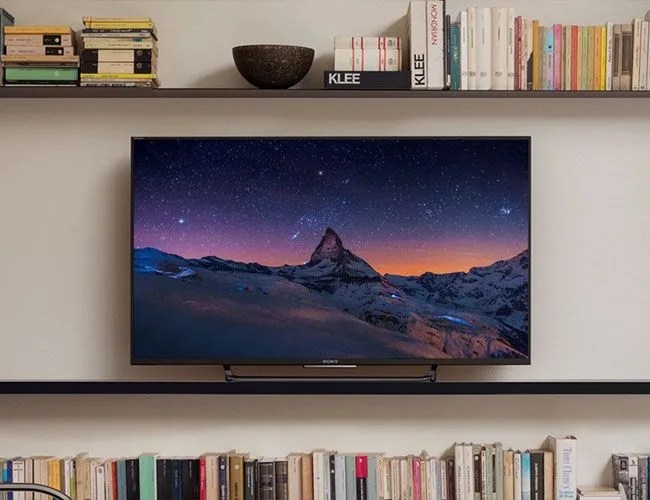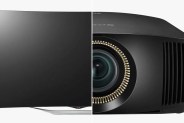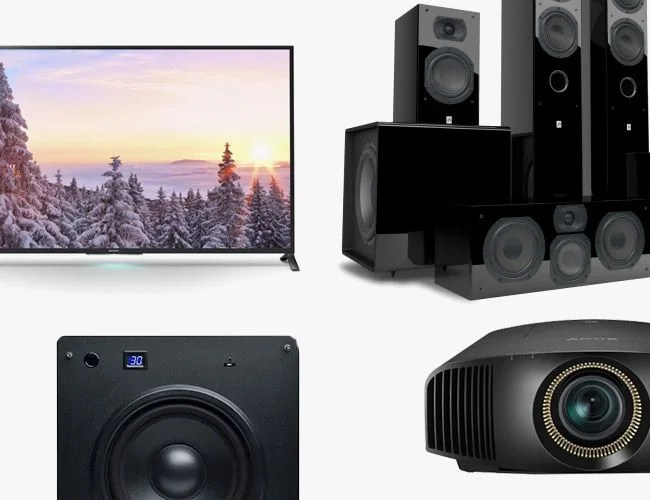Televisions continue to make huge leaps forward in both technology and, well, marketing gibberish. Sure, OLED screens and 4K resolution have tangible benefits, but who knows whether a given brand’s upscaling engine or super-advanced ProColorPlus4 image-tuning system should really draw your dollars. The bottom line is, and always has been, this: You get what you pay for. (And if you wait a while longer, you can pay less for it.) So if you’re in the market for a new big-screen, here’s what you need to know to make an informed, and economical, decision.
Design of the TV
Television design focuses primarily on two things: making the set as thin as possible and making the border around the screen as narrow as possible. That border contains the hardware necessary to illuminate the screen’s pixels, but as that tech grows more efficient and compact and manufacturers are able to illuminate pixels from behind, the frame shrinks. This results in a cleaner, more appealing look. The thinness of a television, on the other hand, is usually touted as a way to mount the set on a wall as unobtrusively as possible. The catch is: ultra-thin televisions have ultra-high price tags, as it requires sophisticated engineering to get the set good and svelte.
Also note that the dimensions can be misleading — a set touted for its thinness may only have that advertised depth as you get closer to the edge, while the center is still packed thick with hardware. So the flush-mounting you have in mind may not be attainable. Check the specs carefully and examine the set in person if thinness is important to you. If not — and for many it doesn’t matter at all — don’t sweat a slightly deeper screen.
That All-Important Screen Tech
This is where the rubber meets the road, and the big question is: what technology does a given television deploy to make the image large, bright, contrasty and clear? Plasma televisions are virtually dead right now, since they can’t be economically scaled up. That leaves the the LED-lit LCD television as the dominant technology. LCD and LED tend to be used interchangeably by manufacturers and consumers, but the gist you need to remember is that all televisions are LCD, but the pixels are now overwhelmingly illuminated by LEDs to make the image bright and crisp. They also deploy higher and higher refresh rates (measured in Hertz, or Hz) to eliminate motion blur associated with LCD displays.
All televisions are LCD, but the pixels are now overwhelmingly illuminated by LEDs to make the images bright and crisp.



